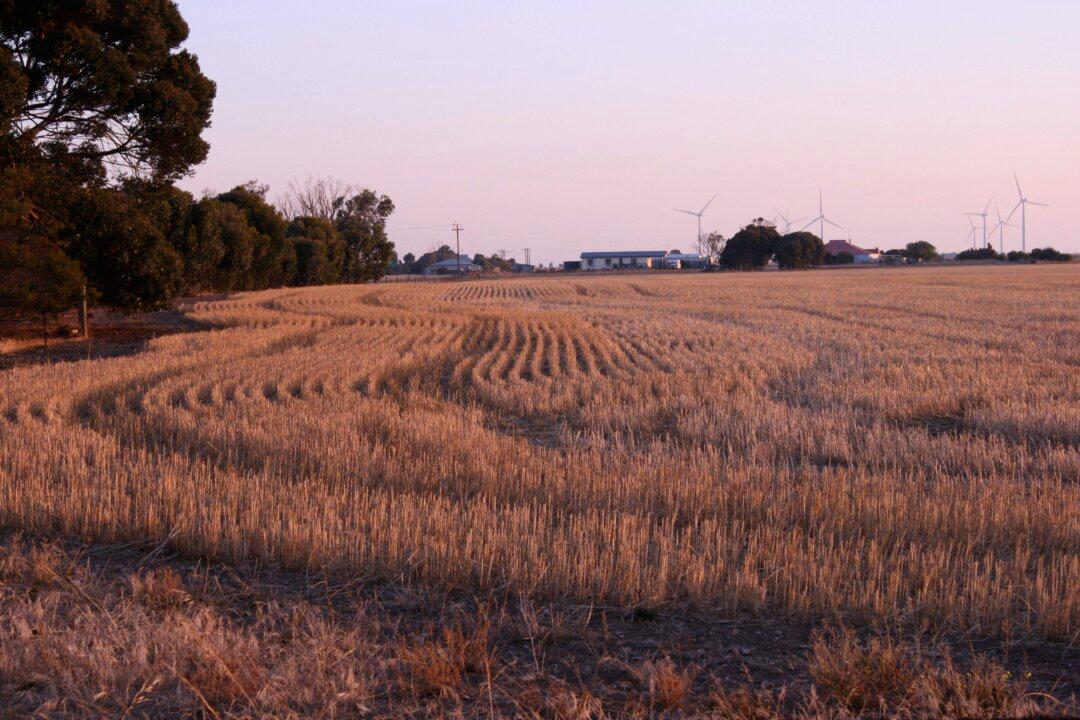In the far southeast corner of Tasmania are several sleepy settlements spotted around the banks of the Lune River. One of those, Southport, claims to have Australia’s most southern drinking establishment and just over the river lies an even smaller settlement called Ida Bay, retains its link to history with Australia’s most southern Railway.
The Ida Bay railway tram was originally a steam locomotive with tracks built along the Ida Bay estuary to transport Limestone. After World War II, the steam tram was updated with five Malcolm Moore petrol locomotives, which were Army surplus.
On first appearance, the tram looks surprisingly tiny, too small for use in the mining industry. Its wheels ride upon a mere 2-inch gauge line and it looks more like a toy train. Train lovers young and old will get a kick knowing they are riding on Australia’s oldest original bogie flat wagons (an open style wagon for carrying freight).






